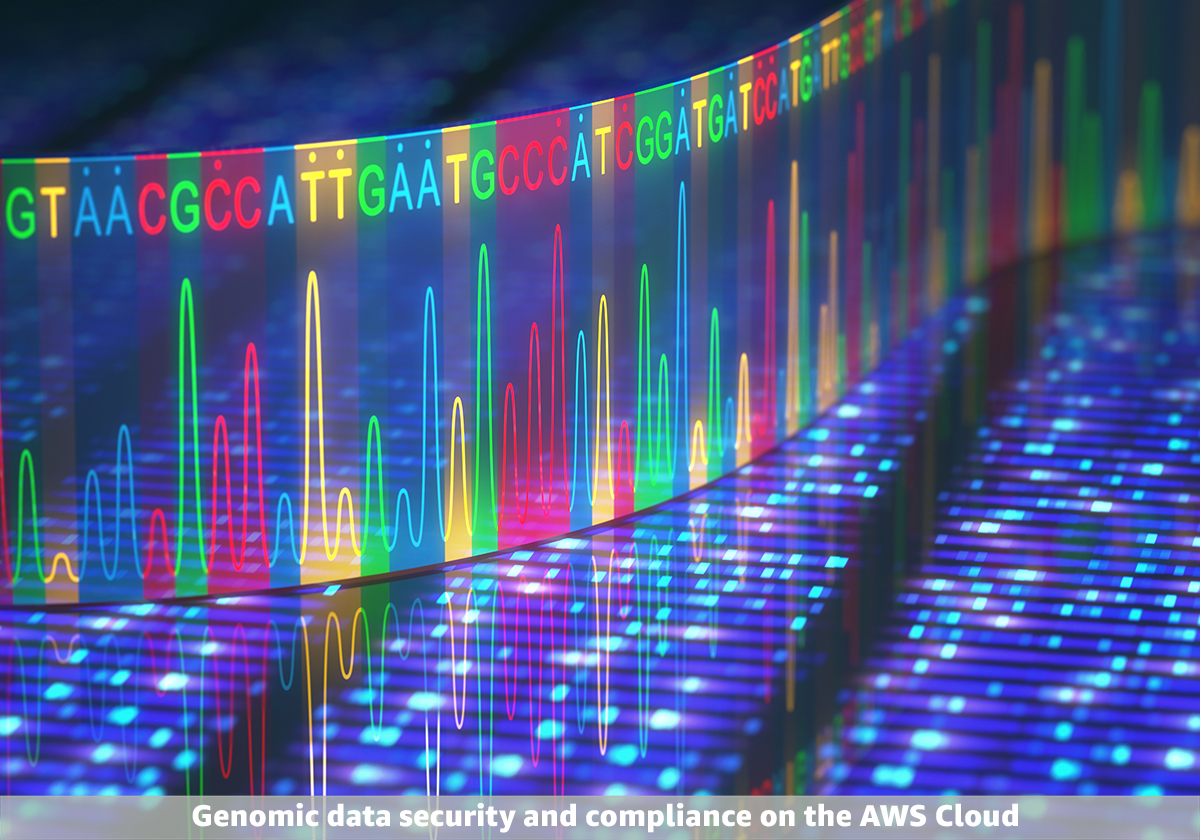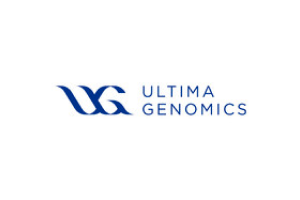Key Outcomes
$100
genome launched by dramatically reducing sequencing costs100s
of TBs of data processed and storedOverview
Ultima Genomics (Ultima) wants to revolutionize human genome sequencing by making it faster and more affordable so that researchers can scale their research. In the early 2000s, next-generation technology cut the cost of sequencing from millions of dollars to less than $1,000 per genome. In 2022, Ultima announced its first sequencing platform, the UG 100, based on a new ultra-high-throughput sequencing architecture that reduces the cost per genome to $100.
Legacy technologies traditionally relied on CPU- or FPGA-based architectures for data analysis, but Ultima takes advantage of advances in GPU computing, machine learning (ML), and cloud technology to boost its analytics capabilities. Using solutions from Amazon Web Services (AWS), Ultima can spin up development environments quickly and innovate faster. Ultima also uses AWS to train the ML algorithms that it uses for basecalling—translating raw signals into nucleotide sequences—a crucial technical task in genomics.
“Using AWS, we can take challenging computational tasks and deliver a solution for them,” says Omer Barad, vice president of genomic solutions at Ultima. “We can scale to immediately start seeing benefits and use ML to generate accurate results from our billions of data points.”

About Ultima Genomics
Ultima Genomics provides DNA-sequencing technology with the goal to continuously increase the scale and reduce the cost of genomic information. The company aims to facilitate precision medicine and research applications that require genomic data.
Opportunity | Using AWS to Support the Mission of Low-Cost, High-Scale Genomics for Ultima
High costs often impede large-scale genomic sequencing, leading researchers to compromise on the scope of their experiments and analyses. Founded in 2016, Ultima adopted a new approach, developing novel DNA-sequencing technology designed to boost the scale of genomic information and reduce the cost of sequencing a human genome to $100. “With low-cost, high-scale genomic information, our customers can widely adopt genomic tests for precision medicine without trade-offs between the breadth, depth, and frequency of sequencing,” says Barad.
Instead of expensive flow cells, Ultima uses standard semiconductor wafers to capture high-resolution DNA images. These wafers are produced in large quantities for the semiconductor industry, so they are much cheaper than highly manufactured flow cells, facilitating sequencing that is much more cost effective. The wafers are also larger than flow cells, so the machine can parse billions of DNA reads on a single wafer at high speed.
To analyze the data that the machine generates, Ultima uses proprietary ML and deep learning algorithms on AWS. “The goal was to make the hardware and chemistry as simple as possible to support low costs and then compensate in the analysis with advanced compute capabilities,” says Barad. By training its ML on AWS across terabases of context, Ultima can deliver accurate results that overcome the noise of the raw signal.
Solution | Accelerating Innovation and Model Training Using Amazon EC2 G5 Instances
Ultima uses AWS to address three critical needs: storage, systems, and ML training. Ultima stores and manages the data generated by the UG 100—amounting to multiple terabytes per hour—using Amazon Simple Storage Service (Amazon S3), an object storage service. The company also uses AWS for fleet management. By collecting statistical and training data from its sequencing machines and uploading it to the cloud, Ultima unlocks near-real-time insights. It can monitor the fleet’s performance both internally and for its customers, facilitate quick troubleshooting, and deliver a seamless customer experience.
For quick experimentation, Ultima uses AWS to create fast, flexible development environments for its engineers. Ultima’s solution runs on premises using both CPU- and GPU-powered hardware. On AWS, it has built a development environment with equivalent capabilities using Amazon Elastic Compute Cloud (Amazon EC2) G5 Instances—high-performance, GPU-based instances for graphics-intensive applications and ML inference—running and simulating the whole pipeline on the cloud.
Ultima’s scientists use these environments to test developments of the solution’s basecalling pipeline. “The pipeline processes signals from a camera tool, applies computer vision and deep learning algorithms, and then uses further algorithms for alignment and sorting,” says Barad. “The goal is ultimately to obtain a sequence.” Processing a genome—and thus testing changes to the algorithms—takes 10–20 hours, but Ultima can spin up multiple test instances on Amazon EC2 to run experiments in parallel. “If one of the scientists has an idea to test that needs a huge amount of compute power, it can be done using AWS,” says Assaf Ariel, senior director of software research and development at Ultima.
Crucially, Ultima uses AWS to train its ML models using multiple datasets. “As we iterate on the machine itself, the chemistry and physics that are involved change, so we need to retrain better models,” says Ariel. “The training takes a lot of time and is best done with flexible GPU resources, which we get using Amazon EC2 G5 Instances.” These instances provide the right price-performance ratio for Ultima’s use case.
On AWS, Ultima is creating a cost-effective solution for the future. One of its customers is using the UG 100 to run variant calling on thousands of genomes to build a large-scale genetic database. “With our technology, we are bringing sequencing costs down to a fraction of what they once were,” says Barad. “There’s a lot of room for further optimization, so we can reduce costs even more.”
One drug development customer turned to Ultima to increase the diversity of its genomic database. Several customers are using the machine to develop advanced diagnostic tests called liquid biopsies, in which a blood test is used to detect DNA shed from cancer cells. Doctors use these tests to determine what type of treatment a patient needs, measure their response, and monitor for recurrence. Because Ultima’s approach is so different, its technology provides unique advantages for liquid biopsies and also costs three to four times less than other solutions. “We have optimized every process for cost and scale and to facilitate high accuracy,” says Barad. “We want people to perform 10 times more sequencing to get more data and accuracy, and to test individuals throughout their lifetimes.”
Outcome | Facilitating Further Innovations Using AWS HealthOmics
For Ultima, the $100 genome is only the beginning, and the company is pursuing a path to continuously deliver lower-cost sequencing at a high scale. As the company increases the output capabilities of its platform, Ultima is also looking to adopt AWS HealthOmics, a service for healthcare and life sciences organizations to build at scale to store, query, and analyze data in genomics, transcriptomics, and other omics.
In its next phase of innovation, Ultima is moving its emphasis to harness the cloud for advanced secondary and tertiary analysis of genomic data. It is also integrating deep learning techniques within its bioinformatics framework to refine and augment its analyses. These enhancements aim to offer its customers tools and insights of even greater accuracy, which will increase what we know about human physiology and precision medicine.

Using AWS, we can take challenging computational tasks and deliver a solution for them. We can scale to immediately start seeing benefits and use ML to generate accurate results from our billions of data points.
Omer Barad
Vice President of Genomic Solutions, Ultima GenomicsGet Started
Did you find what you were looking for today?
Let us know so we can improve the quality of the content on our pages